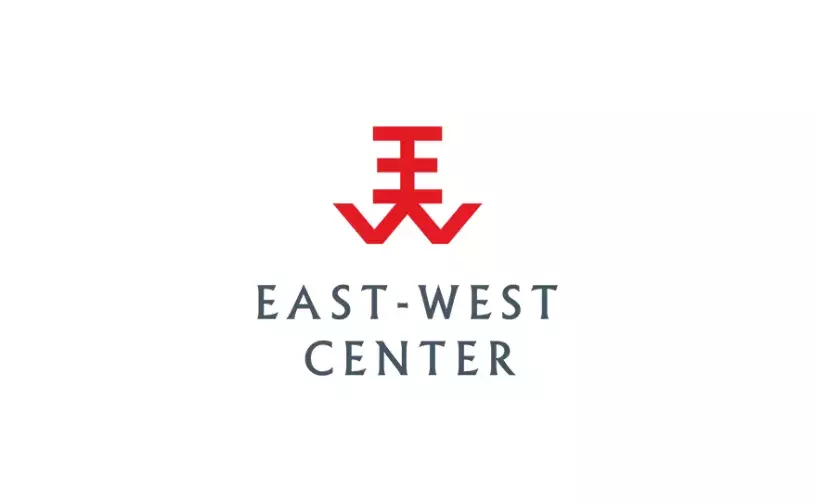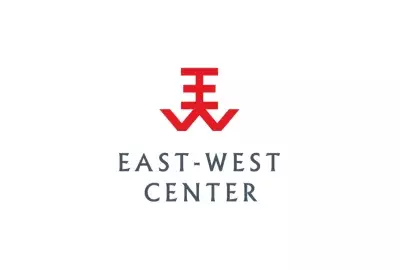Error message

Urban air pollution continues to be a major problem in Asian cities. Emissions from vehicles are the major contributor to deteriorating air quality in these cities. Most studies of air pollution in cities have concentrated on urban background air quality and its effects on people outside vehicles. Background levels are usually measured on roof-tops of buildings. However, scientific evidence suggests that road users of all kinds are exposed to higher levels of air pollution than the background data might suggest. Furthermore, the evidence indicates marked differences in the exposure levels of travelers by different modes. Often counter-intuitive results have been obtained. Research done in the U.S. and Europe is not easily adaptable to Asia, given the unique modes of transportation in Asia, such as two-wheelers and highly used bus systems. In Asian cities the use of diesel is much higher than in the west and the implications of this for actual human exposure to air pollution is not known.
A pilot study was conducted to get preliminary estimates of personal exposures to particulate matter (PM10) and carbon monoxide (CO) while traveling on four major roads in Hanoi, Vietnam. Investigators carried lightweight portable real-time measurement devices while traveling on buses, cars, mobikes, and while walking, to study the effect of mode of transport, route, rush-hour, and air-conditioning on the exposure levels. The study is unique in terms of its special focus on users of two-wheelers and particulate matter. The survey has clearly provided evidence of the extremely high levels of pollution experienced by commuters, thereby justifying the need for a larger and more comprehensive assessment of human exposures and the factors that influence exposures.
Urban air pollution continues to be a major problem in Asian cities. Emissions from vehicles are the major contributor to deteriorating air quality in these cities. Most studies of air pollution in cities have concentrated on urban background air quality and its effects on people outside vehicles. Background levels are usually measured on roof-tops of buildings. However, scientific evidence suggests that road users of all kinds are exposed to higher levels of air pollution than the background data might suggest. Furthermore, the evidence indicates marked differences in the exposure levels of travelers by different modes. Often counter-intuitive results have been obtained. Research done in the U.S. and Europe is not easily adaptable to Asia, given the unique modes of transportation in Asia, such as two-wheelers and highly used bus systems. In Asian cities the use of diesel is much higher than in the west and the implications of this for actual human exposure to air pollution is not known.
A pilot study was conducted to get preliminary estimates of personal exposures to particulate matter (PM10) and carbon monoxide (CO) while traveling on four major roads in Hanoi, Vietnam. Investigators carried lightweight portable real-time measurement devices while traveling on buses, cars, mobikes, and while walking, to study the effect of mode of transport, route, rush-hour, and air-conditioning on the exposure levels. The study is unique in terms of its special focus on users of two-wheelers and particulate matter. The survey has clearly provided evidence of the extremely high levels of pollution experienced by commuters, thereby justifying the need for a larger and more comprehensive assessment of human exposures and the factors that influence exposures.
East-West Center Working Papers, Environmental Change, Vulnerability, and Governance Series





